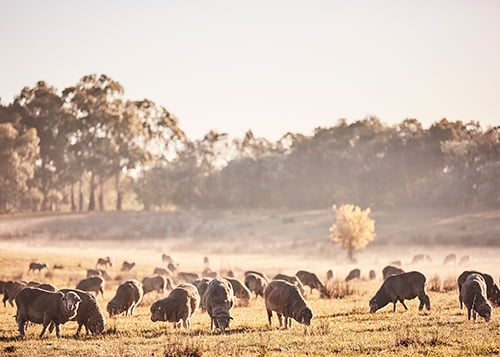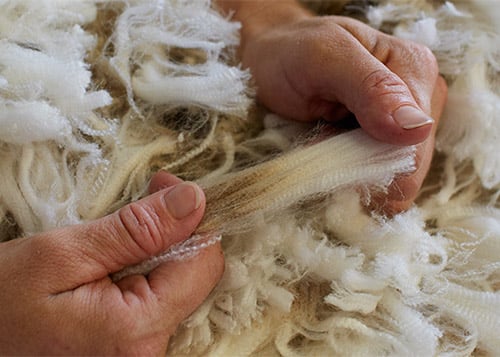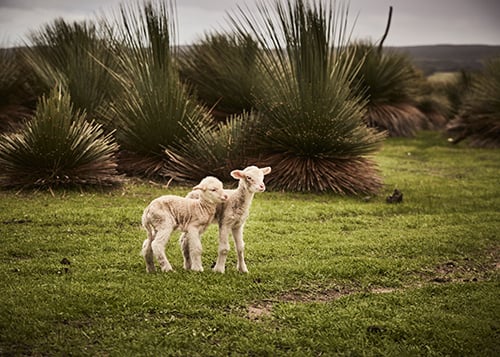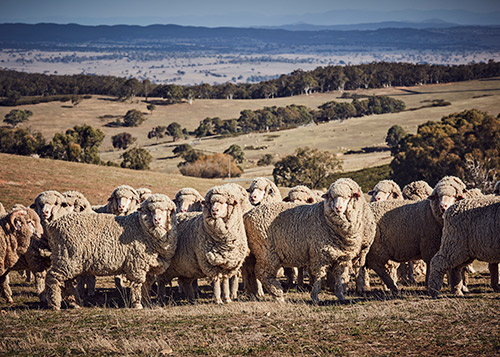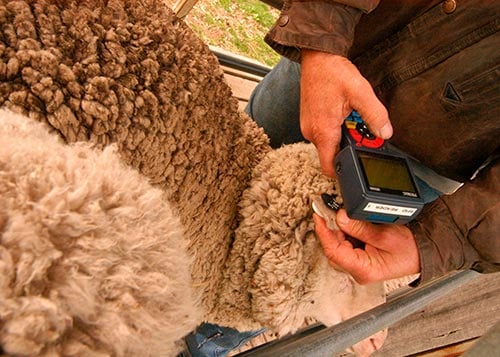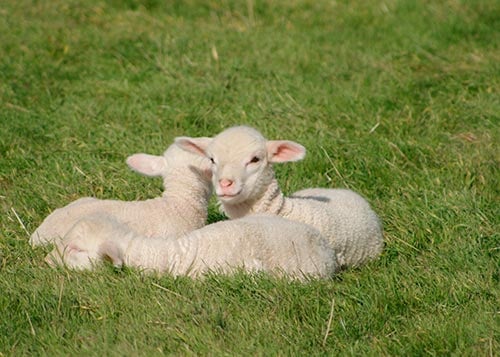This unit helps students explore the properties of Australia’s most iconic natural fibre — wool.
Some students may have experience with wool through clothing or home furnishings, such as blankets. However many young students may not be aware of the source of woollen textiles (sheep), the range of uses and the unique properties of wool that make it such a versatile textile.
This unit of work aims to determine students’ prior knowledge of wool and its properties, increase their appreciation for these properties and raise their awareness of how the properties of materials influence their end use.
In this unit of work, students will have the opportunity to develop skills in sorting and grouping materials on the basis of observable properties, such as texture and feel, flammability and moisture absorption.
Students also will investigate the different forms of clothing used for different activities and explore how the unique properties of wool make it suitable for a wide range of clothing products.
This unit of work also starts the process of students recognising that observation is an important part of exploring and investigating the things, while allowing them to share observations with others and communicating their experiences.
A class science journal is used to record the students’ learning journey and provides for meaningful literacy modelling. It is used to review and organise observations and ideas, and can include images and student contributions.
Hands-on experiences and sharing observations with others are key ways to create meaningful, shared understandings, while individually students draw their observations and identify wants and needs in a role-play game.
Links with the Australian Curriculum
This Properties of wool unit links to all three strands of the Australian Science Curriculum: Science understanding, Science as a human endeavor and Science inquiry skills as outlined below.
Science understanding | Chemical sciences
Objects are made of materials that have observable properties (ACSSU003)
Science as human endeavour | Nature and development of science
Science involves exploring and observing the world using the senses (ACSHE013)
Science inquiry skills | Questioning and predicting
Respond to questions about familiar objects and events (ACSIS014)
Science inquiry skills | Planning and conducting
Explore and make observations by using the senses (ACSIS011)
Science inquiry skills | Processing and analysing data and information
Engage in discussions about observations and use methods such as drawing to represent ideas (ACSIS233)
Science inquiry skills | Communicating
Share observations and ideas (ACSIS012)
Cross-curriculum priority
Sustainability
Early lessons about the interdependence of animals, plants and people.
Achievement standard
The sequence of the lessons in this unit of work provides opportunities to gather information about students’ understanding related to the sections in bold in the achievement statement below:
By the end of the Foundation year, students describe the properties and behaviour of familiar objects. They suggest how the environment affects them and other living things.
Students share observations of familiar objects and events.
Source: Australian Curriculum, Assessment and Reporting Authority (ACARA)

